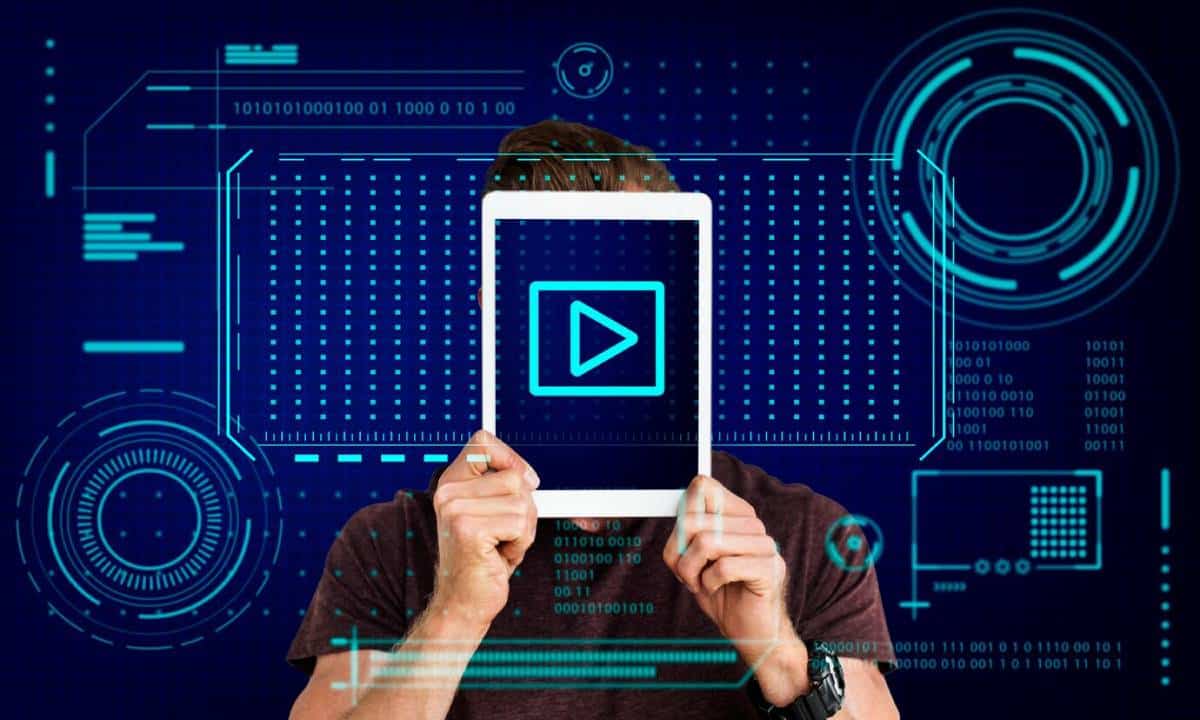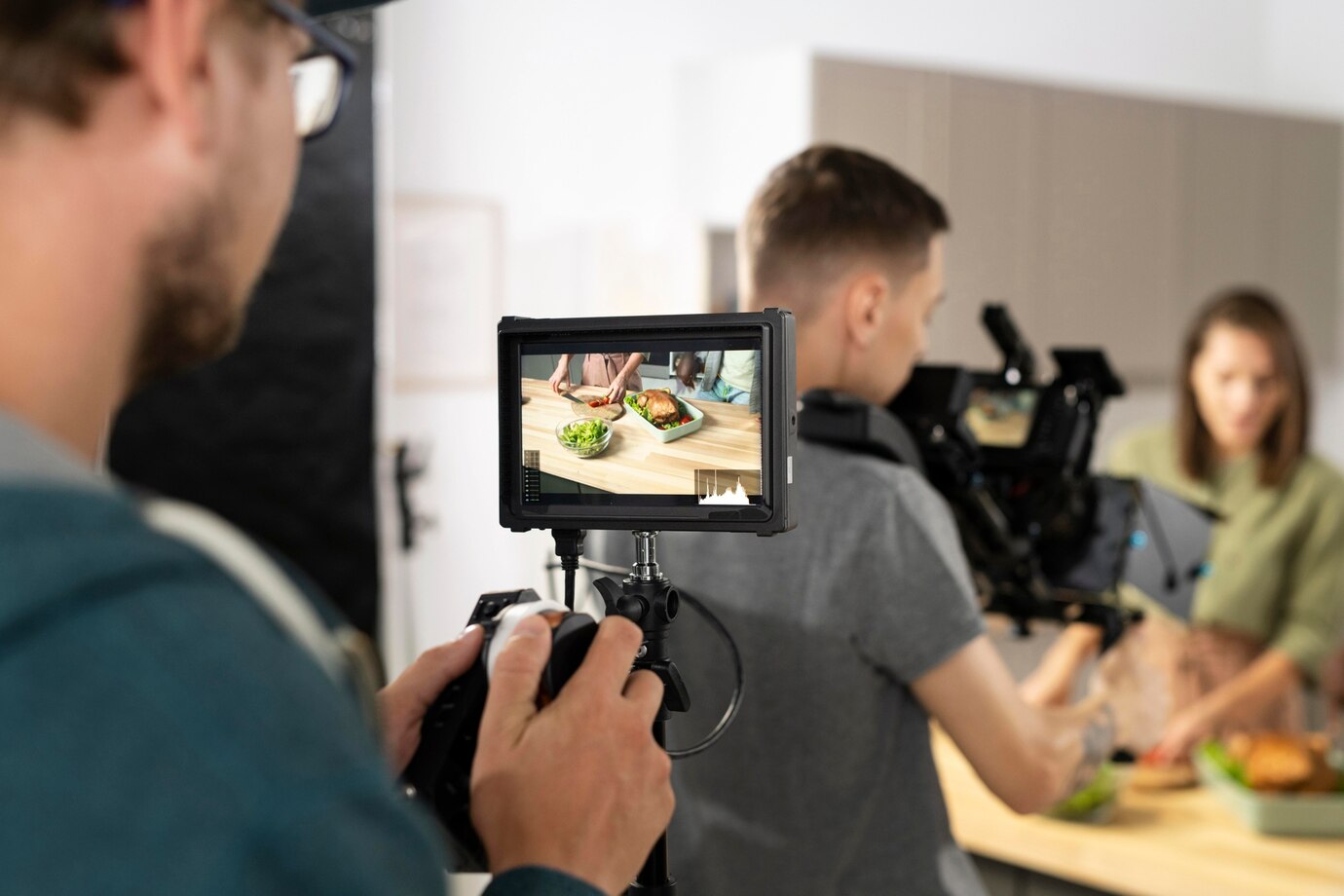
Enhancing Video Marketing with AI Tools: A New Era of Engagement
In today’s fast-paced digital marketing world, video content is essential for engaging audiences. It helps tell stories and boosts brand awareness. Consumers crave immersive and dynamic experiences. So, businesses must find fresh ways to stand out.
AI is changing video marketing for the better. AI tools are changing how businesses create and use video content. They automate video creation and analyze viewer behaviour, making the process faster, smarter, and more effective. This blog looks at how AI video creation changes the game. It simplifies production and boosts personalisation, which is important in today’s crowded digital space.
The Importance of AI in Video Marketing
Video marketing is no longer optional—it’s essential. Studies show that video content gets more engagement, helps with retention, and boosts conversion rates. This is better than using static images or text. Consumers engage with video content 2.6 times more often. YouTube, TikTok, and Instagram Reels are vital in finding and interacting with brands.
But as demand for video content grows, so does the challenge of producing it quickly and consistently. That’s where AI comes in.
AI tools let marketers create high-quality, personalised videos quickly. They can often do this in much less time than traditional methods. These tools automate editing, voiceovers, scripting, and scene selection, letting marketing teams focus on strategy and storytelling instead of production logistics.
AI is key in analysing audience behaviour. It helps brands adjust content to fit viewer preferences, improving distribution strategies and leading to better ROI.
Key Benefits of AI Video Creation
1. Streamlined Production Processes

A significant benefit of AI in video marketing is that it can automate time-consuming tasks. Traditional video creation often requires:
- Scriptwriting
- Storyboarding
- Hiring talent and crew
- Shooting and editing
- Motion graphics and visual effects
- Platform-specific formatting
AI video automation tools like Synthesia, Pictory, Lumen5, and Runway make many steps easier or remove them completely. For instance:
- AI can generate natural-sounding voiceovers in multiple languages
- Smart editing features can automatically cut scenes, adjust lighting, and insert transitions
- Templates help users make videos from blog posts, social updates, or product descriptions.
This new process cuts production time from days or weeks to minutes and lowers costs. Now, businesses of all sizes can create video content more easily.
2. Enhanced Personalisation and Targeting
Personalisation is a powerful driver of engagement. AI tools use data to create content for specific consumers or groups. They consider factors like:
- Demographics (age, location, gender)
- Behaviour (past purchases, content viewed)
- Preferences and interests
Picture sending a personalised video that greets the viewer by name. It shows products they might like and offers a special discount that won’t last long. AI makes personalisation scalable. What used to take days can now be done for thousands of users simultaneously.
Platforms like Vidyard and SundaySky allow real-time personalisation in videos. This helps brands boost relevance, build trust, and increase conversion rates.
3. Improved Engagement and Conversion Rates
The goal of any marketing content is to capture attention and prompt action. AI video creation tools are designed to boost viewer retention by optimising for:

- Visual storytelling
- Attention-grabbing openers
- Automated subtitles for accessibility
- Adaptive scene pacing and dynamic music scoring
- Real-time A/B testing of content variants
AI-generated content can include interactive parts. These might be clickable CTAs, polls, or product carousels in the video. These features engage users with the content, leading to longer watch times and higher conversion rates.
Additional Expert Tips & Common Mistakes to Avoid
Best Practices for AI Video Marketing
To unlock the full potential of AI in your video strategy, it’s essential to follow a few key best practices:
Define Clear Goals and Audience Personas
Start with strategy, not technology. Know your goals.
Are you looking to:
- Generate leads?
- Increase product awareness?
- Onboard new customers?
- Offer training?
Tailor your video style and messaging to fit.
Align Content with Your Brand Voice
AI-generated content must reflect your brand’s tone, style, and visual identity. Choose colours, fonts, voiceover tone, and messages matching your marketing plan.
Experiment and Iterate
AI tools make testing different formats, styles, and messages easy. Create different video versions, check how they perform, and use the data to improve your strategy.
Incorporate Human Oversight
AI excels at speed and automation, but human creativity still plays a crucial role. Check and improve AI results to match your brand story and your audience’s expectations.
Common Mistakes to Avoid
Despite their capabilities, AI video tools are not foolproof. Here are some pitfalls to avoid:
1. Over-Reliance on Templates
Many platforms have ready-to-use templates. But if you use them too much, they can make your content feel generic and repetitive. Customise templates with your unique visuals, music, and voice to differentiate your brand.
2. Neglecting Performance Analytics
Failing to track engagement, drop-off rates, and conversions limits your ability to improve. Use AI analytics to understand what works and doesn’t, and optimise accordingly.
3. Ignoring the Emotional Element
AI can structure your content, but emotion drives engagement. Add stories, humour, or empathy to your videos. This helps create a stronger bond with your viewers.
Advanced Insights and Expert Recommendations
Leveraging AI for Advanced Analytics
AI is valuable for more than just creating content. It also helps with performance analytics and optimisation. AI can:
- Analyse watch times, click-through rates, and abandonment points
- Detect patterns in viewer engagement
- Recommend optimal publishing times and platforms
- Identify which video elements (e.g., thumbnails, CTAs) drive results
This feedback loop helps marketers refine their content strategy. It boosts ROI and supports data-driven choices that match business goals.
Future Trends in AI Video Marketing
AI-Generated Avatars and Synthetic Video
AI-generated spokespeople, or digital avatars, are becoming increasingly sophisticated. These avatars provide steady, on-brand messages in many languages, making them perfect for training, onboarding, or global marketing campaigns.
Real-Time Personalisation
Machine learning will soon let videos change in real-time based on user actions. Viewers will see different messages, visuals, or offers. This change depends on how they interact with the content.
Voice Cloning and Multilingual Localisation
Voice cloning lets brands make videos in different languages using one speaker’s voice. This opens up massive opportunities for localised campaigns at scale.
Conclusion: Embracing AI for Video Marketing Success
AI is more than a buzzword. It’s a strong tool that changes how we think about, create, and improve video marketing. By embracing AI video creation tools, businesses can:
- Cut production time and costs
- Personalise content at scale
- Drive deeper engagement and conversions
- Leverage analytics to refine strategy
In today’s harsh digital world, using AI-powered video strategies is not just an edge; it’s a must.
While exploring AI tools for video marketing, balance automation and authenticity. Use AI to boost creativity and efficiency. It shouldn’t replace the human touch that makes storytelling powerful.